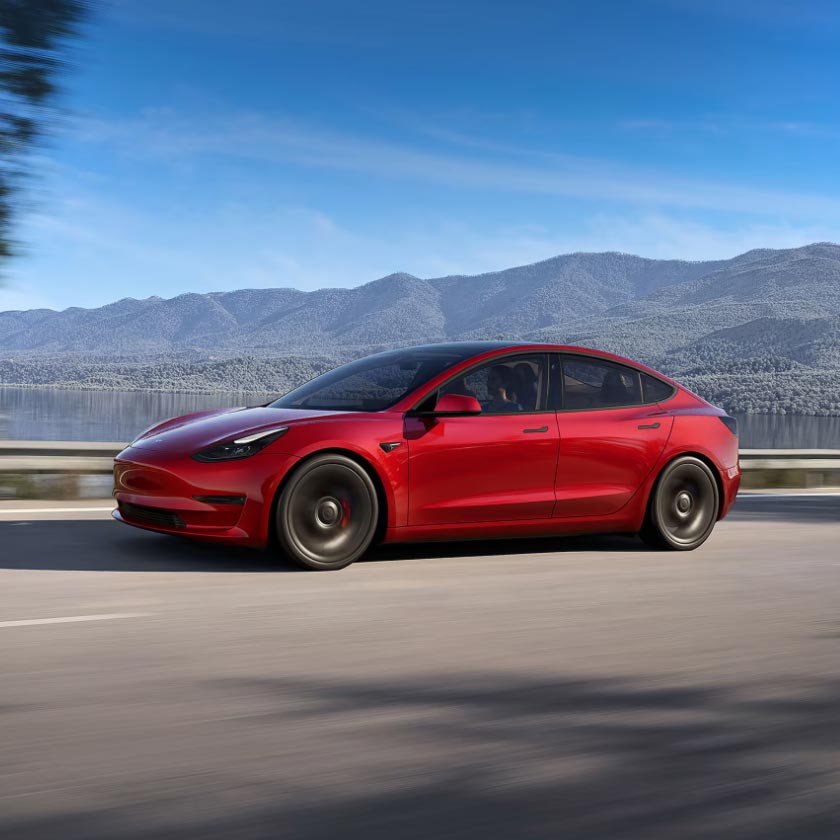On Thursday, July 28 at 12:01 a.m. ET, SpaceX achieved a momentous milestone as it successfully launched 22 Starlink V2 Mini satellites to Low Earth Orbit (LEO) from Space Launch Complex 40 (SLC-40) at Cape Canaveral Space Force Base in Florida. The launch marked the 50th Falcon 9 mission of the year 2023, showcasing the company's unprecedented average rate of one mission every 4.5 days. SpaceX President Gwynne Shotwell said that the company has set ambitious goals for 2023, with plans to execute a total of 100 Falcon missions. Remarkably, they have already reached the halfway point, demonstrating their dedication to space exploration and reusable rocket technology.
Liftoff! pic.twitter.com/IkhDAaCc8R
— SpaceX (@SpaceX) July 28, 2023
The Starlink V2 Mini satellites are part of the Group 6-7 mission, which is the eighth fleet of their kind to be launched to LEO and represents a significant advancement in satellite technology. These mini-satellites serve as a stepping stone for SpaceX's future second-generation satellites, which are expected to be larger and heavier and will be launched aboard the powerful Starship. One of the major improvements of the V2 Minis lies in their essential technologies, including more powerful phased array antennas and the utilization of E-band for backhaul. These advancements enable each satellite to offer approximately four times more capacity than their V1.5 predecessors, promising an upgraded Starlink network with increased bandwidth, higher reliability, and the capability to connect millions more people globally with high-speed internet.
The success of the mission also showcased SpaceX's impressive rocket reusability capabilities, as it marked the 15th flight for the first stage booster supporting this launch. This particular booster, identified as B1062-15, has previously played a crucial role in supporting various missions, including the United States Space Force's GPS III Space Vehicle 04 and GPS III Space Vehicle 05 satellites, SpaceX's Inspiration4 crew mission, Axiom Ax-1 astronauts, Nilesat 301, OneWeb Launch 17, ARABSAT BADR-8, and now seven Starlink missions.
Following the stage separation, the first stage of the Falcon 9 rocket made its way back to Earth and achieved a controlled landing on the "A Shortfall of Gravitas" droneship, which was stationed in the Atlantic Ocean. This successful landing adds to SpaceX's impressive record, now standing at 210 landings of orbital-class rockets, with an astounding 183 instances of reusing recovered boosters. The ability to reuse boosters significantly reduces the cost of spaceflights, allowing SpaceX to achieve an unprecedented frequency in their launches. As of now, SpaceX remains the only company in the world capable of such rocket reusability, providing them a competitive edge in the space industry.
Falcon 9’s first stage has landed on the A Shortfall of Gravitas droneship pic.twitter.com/Kp7GuMPbEK
— SpaceX (@SpaceX) July 28, 2023
The fleet of 22 Starlink V2 satellites was released to orbit around one hour after liftoff. SpaceX now operates approximately 4,541 Starlink satellites in LEO, according to data maintained by Astronomer Jonathan McDowell. The company has plans to deploy 7,500 second-generation satellites to complete its Starlink broadband constellation.
With this week's remarkable achievement, SpaceX continues to push the boundaries of space exploration and satellite technology, further solidifying its position as a leading force in the aerospace industry.
》 Author's note: My work is possible Thanks to everyone who reads Tesmanian.com. Write your thoughts in the comment section below. If you have any story suggestions or feedback, feel free to Direct Message me on Twitter: Evelyn Janeidy Arevalo @JaneidyEve Read my most recent stories here: Recent News Stories 《

Featured Images Source: SpaceX







